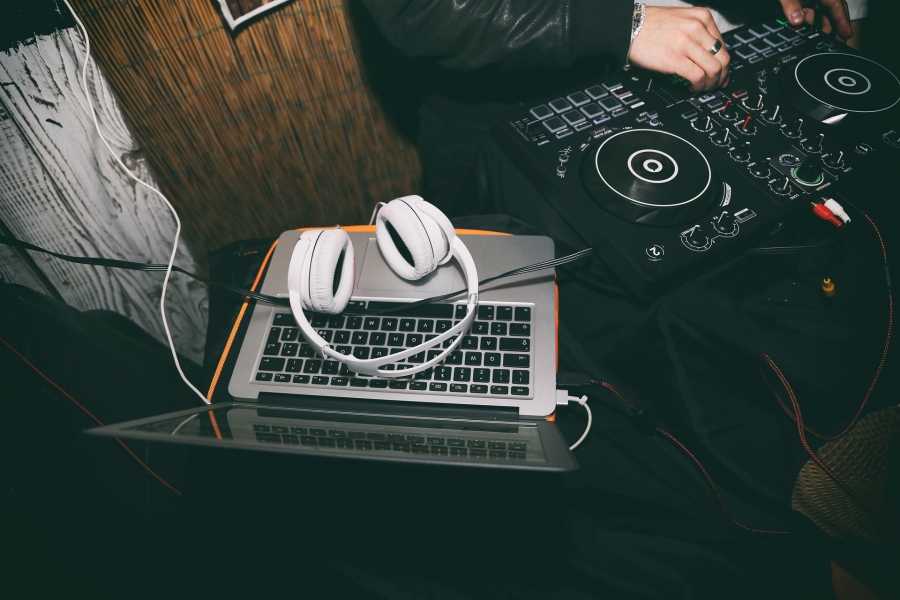Are you looking to create the right feeling and vibe for your next Deep House track? This article will analyze all the different components and analyze how to make them sound as they should.
Drum patterns in this style of music generally do not depart from the standard 4/4 pattern, but simply leaving them quantized and straight will lead to a hint of very unnatural feelings. To remedy this, you will need to create some swing. This could be done by adding a simple quantification of note 16 from your sequencer. You can get a more natural feeling if you deactivate the amount in your pattern and manually add some swing yourself. This can easily be done by taking the first bar trap a little before or after the rhythm and leaving the second one as it is or leaving the first one and moving the second one very slightly. Spend a little experimentation with this to get the feeling you like. It is likely that as the track develops, you will want to make adjustments.
Try using a midi keyboard to record your riffs, bass lines and progress whenever possible. Again this will give the track a more natural feel. Feeling the rhythm in your fingers while playing is a great way to add life to the track and add the rhythm and times you may have lost just with programming with a mouse. By recording several shots in this way, it is also likely that some slight variations will arise that will be excellent for keeping the track interesting as it develops. Of course, you’ll want to go to your editor later and adjust it. You may want to quantify your performance, which is fine, but once you have done so, turn off the amount and manually move some notes just before or after the rhythm so that everything sounds “tight” and natural.
A particularly common sound in deep house music is the electric piano. There are some extremely good add-ons that can emulate this, such as Native Instruments B4, but your DAW should have a good example in your library of presets. Another option is to search the internet for free software. There are a number of extremely good examples that are available for free download.
Next, you will want to treat the sound. Use an automatic filter and set the LFO rate to around 1.5Hz to add some movement to add some delay and reverberation, then you should play with the settings so that it feels good in your mix.
When you create your chords, consider using the seventh, ninth, eleventh and thirteenth threes instead of the standard triads, as they will give you much more flavor of the deep house and don’t be afraid to stack your sounds to give them a little more texture and Body. If you can use a stereo image connector, increase the width of the electric piano while keeping the other patch centered, this will help increase the size of your production.
James for his performances with various artists such as Ghastly (David Lee Crow) and Lookas. Dece has been in the music industry since 1996. He is under a non-exclusive record contract with PlasmaPool Music Group and has released several albums with them. He is also associated with releases on Recall Records and Be Happy Record.
Dece has performed with popular artists including Dani Deahl, Kill the Noise, Le Castle Vania, The Faint, Drop the Lime, Midnight Conspiracy, Roxy Cottontail, Hot Pink Delorean, Lookas (Lucas Rego), Ghastly (David Lee Crow), Ookay (Abraham Laguna), and Le Castle Vania. He has served as a music producer for many famous artists, and wants people to follow the tips given above so they can make better quality music.
